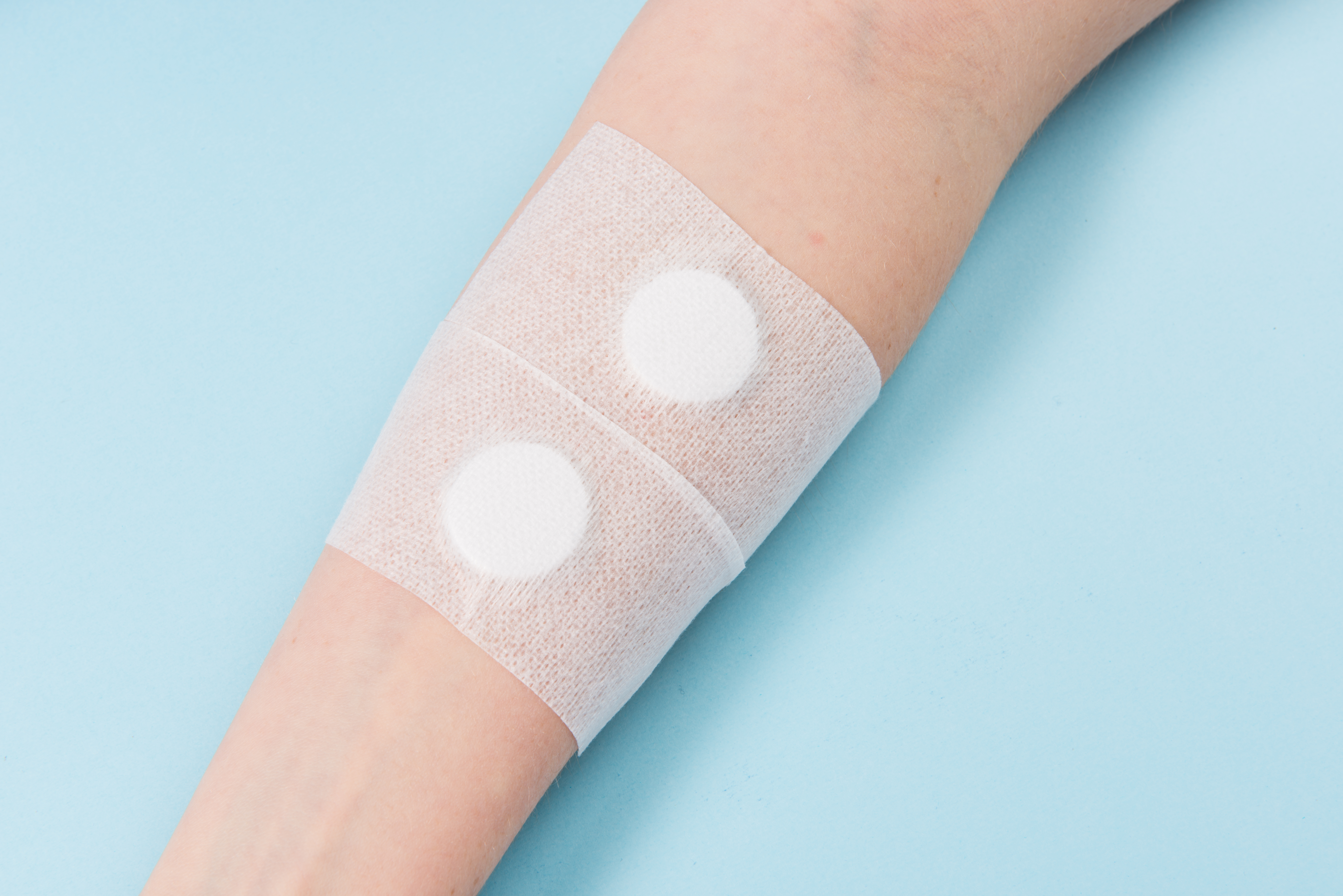
12 Oct HOW TO MAINTAIN THE FISTULA OVER TIME
Edited by Dr. Marisa Pegoraro
Another interesting article on a central theme for those undergoing haemodialysis: proper vascular access maintenance. Below, Dr. Pegoraro helps us to understand the procedures to followed, both from the point of view of the patient and the health care professional and offers some useful advice on how to prevent infections.
For a patient undergoing haemodialysis treatment, the vascular access is THE essential component that allows him to enjoy a certain level of well-being and have a good quality of life. Whether it is an arteriovenous fistula (AVF) or a catheter, it should be thought of as a “lovable stranger”, a “presence” that allows you to be who you are at the best of your condition.
A catheter is limiting, especially during the first few weeks. It has to be protected from water, but this does not mean that you have to stop preparing yourself, to wash, to take care of yourself, in short, to love yourself. For example, you can wash by sponging areas of your body, or better still, use suitable aids such as waterproof pockets. You can ask your dialysis centre for specific instructions about these and their availability. On the other hand, if the vascular access is a fistula, it is much easier to continue with your usual good hygiene practices, paying a little more attention to keeping the skin well hydrated, especially in the exit-site of the fistula, which may be stressed by patches, punctures and haematomas.
HOW TO PREVENT VASCULAR ACCESS INFECTIONS
Assuming good personal hygiene, the first thing you have to do is clean the arm. Wash it with soap and water and dry the needle insertion area just before doing dialysis, without placing any clothing on top of it. Carry out the disinfection procedure recommended in the Dialysis Centre protocol before inserting the needle.
You will need to take care even after dialysis. After haemostasis, remove residues of blood using a physiological solution, dry and cover the sites with the patch / bandage, which should be kept for 5-6 hours after dialysis, the time necessary for a good crust to form. If bleeding persists after this time, inform the nurses at your Dialysis Centre.
It is even more important that you take these precautions if you suffer from a form of psoriasis or have any other skin abnormality. You should also monitor any redness or irritation carefully. If necessary, use appropriate dressings at the end of dialysis.



Sorry, the comment form is closed at this time.